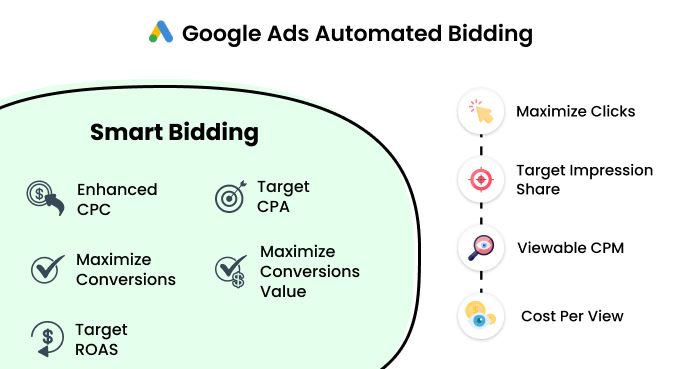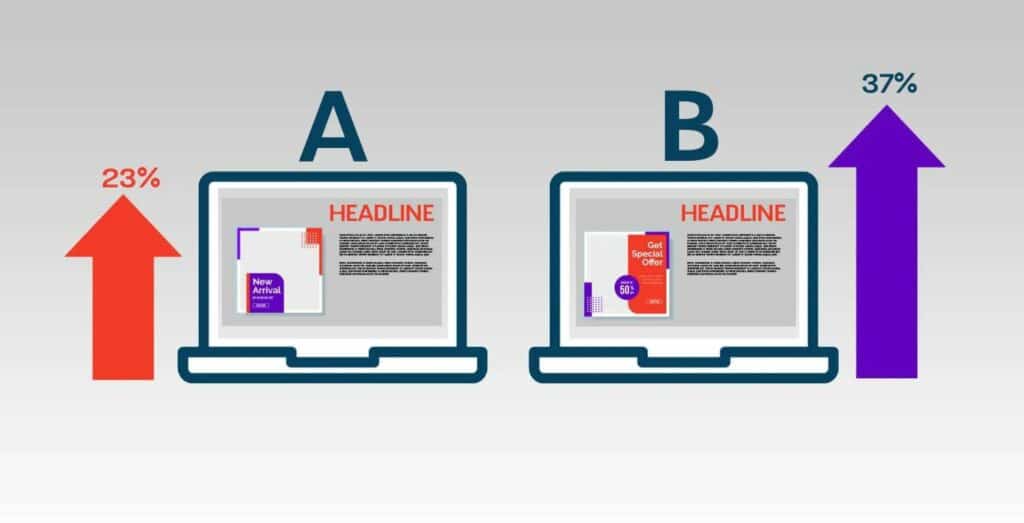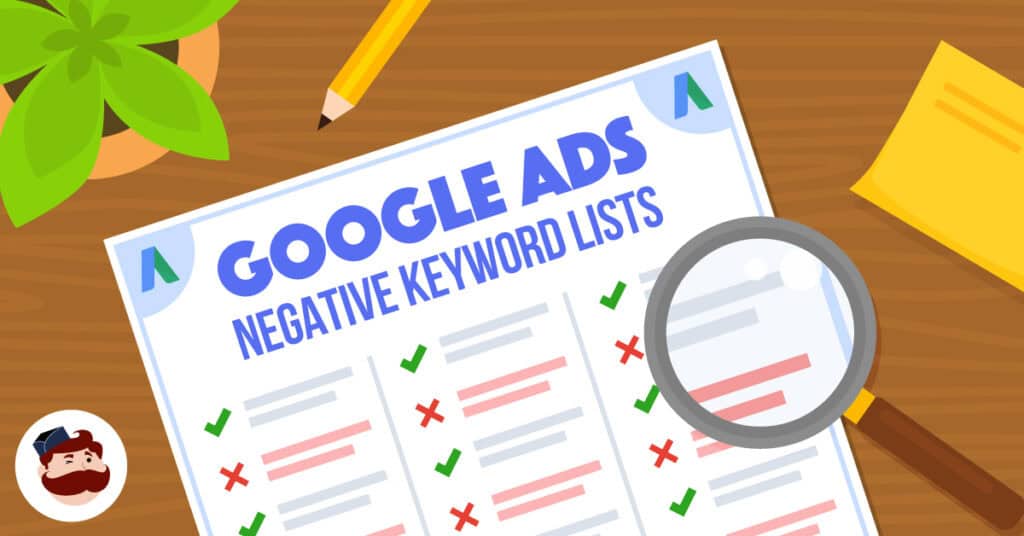Google Ads can be a powerful tool for B2B companies looking to generate leads. When used correctly, these ads can help you reach decision-makers and grow your business.
By targeting the right keywords and creating compelling ad copy, you can attract qualified leads to your website. This approach allows you to focus on people actively searching for your products or services.
Setting up effective campaigns takes time and effort, but the results can be worth it. You’ll need to choose the right ad formats, create landing pages that convert, and track your results to improve over time. With the right strategies, Google Ads can become a key part of your B2B lead generation efforts.
Understanding Google Ads for B2B
Google Ads can be a powerful tool for B2B companies to generate leads and grow their business. Let’s explore how these ads work in the B2B space and why they’re important for lead generation.

Defining B2B Google Ads
B2B Google Ads are online ads aimed at businesses rather than consumers. They show up on Google search results, partner websites, and apps. These ads target people making decisions for their companies.
B2B ads focus on business needs and solutions. They often use industry-specific terms and highlight features that matter to companies. The goal is to catch the eye of business buyers and get them to take action.
You’ll find different types of B2B Google Ads. Search ads appear when people look for business products or services. Display ads show up on websites your target audience visits. Video ads can play before or during YouTube videos.
Importance of Lead Generation in B2B Marketing
Lead generation is key in B2B marketing. It’s about finding and attracting potential customers for your business. Good leads can turn into sales and long-term clients.
Google Ads help you reach decision-makers when they’re looking for solutions. You can target specific job titles, industries, or company sizes. This means your ads reach the right people at the right time.
B2B sales often have longer cycles than B2C. Google Ads let you stay in front of leads throughout this process. You can use different ad types to nurture leads from first contact to final sale.
Measuring results is easy with Google Ads. You can track clicks, conversions, and ROI. This data helps you improve your campaigns and get more leads over time.
Google Ads Vs. B2C Ads
B2B and B2C ads on Google have some key differences. B2B ads speak to business needs, while B2C ads focus on personal wants or needs.
B2B ads often use more professional language. They might include technical terms or industry jargon. B2C ads tend to be more casual and emotional.
The buying process is usually longer for B2B. This means B2B ads might focus more on information and less on quick sales. B2C ads often try to get fast purchases or sign-ups.
B2B ads target a smaller, more specific audience. They might use very narrow keywords or audience settings. B2C ads often cast a wider net to reach more people.
Pricing and offers in B2B ads are often more complex. They might promote demos or consultations instead of direct sales. B2C ads typically have simpler pricing and more straightforward offers.
Creating a Solid Foundation
A strong Google Ads campaign starts with careful planning and research. By setting clear goals, knowing your audience, and choosing the right keywords, you’ll set yourself up for success in B2B lead generation.

Establishing Campaign Goals
Set specific, measurable goals for your Google Ads campaigns. Do you want to increase website visits, generate more leads, or boost sales? Pick targets that align with your business objectives.
For B2B companies, focus on metrics like:
- Number of qualified leads
- Cost per lead
- Conversion rate
- Return on ad spend (ROAS)
Track these numbers regularly. Adjust your strategy as needed to meet your goals.
Understanding Your Target Audience
Know who you’re trying to reach. Create detailed buyer personas for your ideal B2B customers. Think about:
- Company size and industry
- Job titles and roles
- Pain points and challenges
- Buying process and decision-makers
Use this info to craft ads that speak directly to your audience’s needs. Target your campaigns to reach the right people at the right time in their buying journey

Keyword Research and Strategy
Pick the right keywords to connect with potential B2B customers. Start with broad terms related to your products or services. Then narrow down to more specific phrases.
Use tools like Google Keyword Planner to find popular search terms. Look for keywords with:
- High search volume
- Low competition
- Clear buying intent
Don’t forget about negative keywords. These help you avoid wasting money on irrelevant clicks.
Choose the right match types for your keywords:
- Broad match for wide reach
- Phrase match for more targeted results
- Exact match for precise targeting
Build a solid keyword strategy to attract quality leads and make the most of your ad budget.

Optimizing Google Ads Campaigns
Effective optimization of Google Ads campaigns is key to maximizing your B2B lead generation efforts. By focusing on ad copy, landing pages, and conversion tracking, you can improve your campaign performance and ROI.
Crafting Compelling Ad Copy
Your ad copy is the first thing potential leads see. Make it count. Use strong headlines that grab attention and highlight your unique selling points. Keep your message clear and concise. Include relevant keywords to improve your Quality Score and ad rank.
Use ad extensions to provide extra information. These can include site links, callouts, and structured snippets. They give users more reasons to click on your ad.
Test different versions of your ads. Try varying headlines, descriptions, and calls-to-action. Use A/B testing to see which ads perform best. This helps you refine your message over time.
Landing Page Effectiveness
Your landing page is where conversions happen. Make sure it matches your ad’s message. A consistent experience helps build trust and increases the chances of conversion.
Keep your landing page focused on a single goal. Remove distractions and make your call-to-action clear. Use a strong headline that aligns with your ad copy.
Make your forms short and simple. Ask only for essential information. The easier it is to fill out, the more likely users are to complete it.
Use social proof like testimonials or case studies. This builds credibility and can boost conversion rates.
Conversion Tracking and Analyzing Conversion Rates
Set up conversion tracking in your Google Ads account. This lets you see which ads and keywords lead to valuable actions on your site.
Track both macro and micro conversions. Macro conversions are your main goals, like form submissions or demo requests. Micro conversions are smaller actions that indicate interest, like downloading a whitepaper.
Review your conversion data regularly. Look for patterns in which ads, keywords, or audience segments perform best. Use this info to adjust your bids and budget allocation.
Calculate your cost per conversion for different campaigns and ad groups. This helps you identify where you’re getting the best return on your ad spend.
Budgeting and Bidding Strategies
Setting up your Google Ads budget and choosing the right bidding strategies are key to successful B2B lead generation. These elements directly impact your campaign’s performance and return on investment.
Understanding PPC and CPC
PPC (pay-per-click) is the foundation of Google Ads. You pay only when someone clicks on your ad. CPC (cost per click) is the amount you pay for each click.
Your ad spend depends on your budget and how competitive your keywords are. More popular keywords often have higher CPCs.
To manage costs, start with a smaller daily budget. Track your results and adjust as needed. This helps you avoid overspending while you learn what works best for your B2B campaigns.

Leveraging Automated Bidding
Google offers several automated bidding options to help you reach your goals:
-
- Maximize Clicks: Aims to get the most clicks within your budget
-
- Target CPA: Focuses on getting conversions at your target cost per acquisition
- Maximize Conversions: Tries to get the most conversions within your budget
These strategies use machine learning to optimize your bids. They save time and can improve your results.
Start with manual bidding to gather data. Once you have enough information, test automated strategies to see which works best for your B2B lead generation efforts.

Maximizing ROI with a Focus on Quality Score
Quality Score affects your ad rank and CPC. A higher score can lead to better ad positions at lower costs.
To improve your Quality Score:
- Create relevant, high-quality ads
- Use targeted keywords in your ad copy
- Ensure your landing pages match your ads
- Aim for good click-through rates
Focus on these elements to lower your cost per lead and boost your ROI. Regular optimization of your ads, keywords, and landing pages is crucial for maintaining a good Quality Score.
Monitor your performance metrics closely. Adjust your budget and bidding strategy based on what’s working best for your B2B lead generation goals.
Enhancing Ad Reach
Google Ads offers powerful tools to boost your B2B lead generation efforts. By using smart targeting and ad features, you can get your ads in front of the right people at the right time.
Remarketing and Retargeting Strategies
Remarketing helps you reconnect with people who’ve visited your site before. You can show ads to these users as they browse other websites. This keeps your brand top-of-mind and can lead to more conversions.
Set up remarketing lists for specific pages on your site. Target users who viewed product pages but didn’t convert. You can also create lists based on time spent on your site or number of pages viewed.
Use different ad messages for each list. Show ads with special offers to users who abandoned their cart. For those who just browsed, focus on brand awareness instead.
Demographic Targeting
Tailor your ads to specific age groups, genders, or parental statuses. This helps you reach the decision-makers in B2B companies.
Look at your customer data to find patterns. Are most of your clients in a certain age range? Do they tend to be in management roles?
Use this info to set up demographic targeting in Google Ads. You can adjust your bids for different groups. This ensures your budget goes towards the most likely leads.
Test different ad copy for each demographic. What appeals to younger professionals might not work for older executives.
Utilizing Ad Extensions and In-Market Audiences
Ad extensions give your ads extra real estate on the search results page. They provide more info and reasons to click.
Use callout extensions to highlight key benefits of your product or service. Sitelink extensions can direct users to specific pages on your site.
Call extensions make it easy for potential leads to contact you directly. This is great for B2B services where personal contact is important.
In-market audiences let you target users who are actively researching products like yours. Google uses browsing behavior to identify these users.
Combine in-market audiences with your keyword targeting. This helps you reach people who are more likely to convert. Adjust your bids for these audiences to get better ROI.
Analyzing and Iterating
Google Ads for B2B lead generation require ongoing analysis and improvement. Regular testing, refining, and data-driven insights help boost campaign performance and return on investment.
A/B Testing for Continuous Improvement
A/B testing is key to optimizing your Google Ads campaigns. Try different ad copy, headlines, and calls-to-action to see what works best. Also, test landing pages. Compare click-through rates and conversion rates between versions.
Keep tests simple by changing one element at a time. This helps pinpoint what drives better results. Run tests for at least two weeks to gather enough data.
Google Ads’ built-in A/B testing tools make the process easier. They automate the testing and provide clear results.

Refining Campaigns with Negative Keyword Lists
Negative keywords stop your ads from showing for irrelevant searches. This saves money and improves ad relevance. Review your search terms report regularly to find negative keywords.
Add broad match negative keywords to exclude whole topics. Use exact match for specific terms you want to avoid.
Group negative keywords into lists for easy management. Then, apply these lists to multiple campaigns at once. Also, update your lists often as you discover new irrelevant terms.
Utilizing Analytics for Campaign Insights
Google Analytics provides valuable data about user behavior after they click your ads. Link your Google Ads and Analytics accounts to see the full customer journey.
Look at bounce rates and time on site to gauge ad relevance. High bounce rates might mean your ads don’t match user intent.
Track conversion paths to see which keywords drive the most leads. Use this data to adjust your bidding strategy. Focus more budget on top-performing keywords.
Set up custom reports in Analytics to track B2B-specific metrics. This might include form fills, whitepaper downloads, or demo requests.
Advanced B2B Google Ads Tactics
These tactics can boost your B2B lead generation. They target key decision-makers, use smart bidding, and focus on software and service campaigns.
Strategizing for Decision-Makers and Sales Funnel Stages
Focus your ads on C-level executives and other decision-makers. Use job title targeting in your campaigns. Craft messages that speak to their goals and pain points.
Match your ads to different sales funnel stages. Top-of-funnel ads should raise brand awareness. Mid-funnel ads can highlight your product features. Bottom-funnel ads should push for trials or demos.
Create separate ad groups for each stage. This lets you tailor your bids and budgets. You can spend more on high-intent searches near the bottom of the funnel.
Exploring Bid Adjustments and Target Impression Shares
Use bid adjustments to fine-tune your campaigns. Increase bids for certain times, days, or devices that perform well. Then, lower bids for poor performers.
Try target impression share bidding. This helps you stay visible for key searches. Set a target, like appearing in the top 3 results 80% of the time.
Test different bid strategies for each campaign. Manual bidding gives you control. Auto bidding can save time and use Google’s data.
Optimizing for Software and Service-Specific Campaigns
For software campaigns, focus on key features and benefits. Highlight how your product solves specific business problems. Use ad extensions to list top features.
Mention pricing tiers or free trials in your ads. This can pre-qualify leads and save you money on clicks.
For service campaigns, stress your expertise and results. Use case studies or client logos in your ads. This builds trust with potential B2B clients.
Create custom landing pages for each service. This improves your Quality Score and conversion rates.








